Open data represents an opportunity for cities to reach universal accessibility. It shows the missing links of the mobility chain.
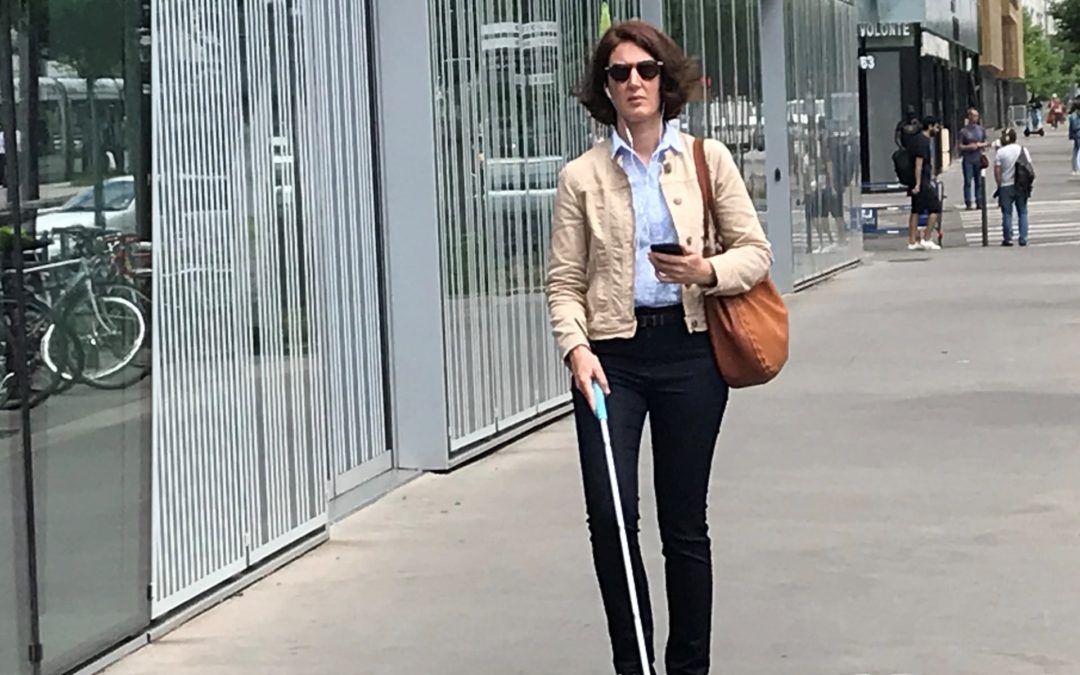
Assistive Technology for People with Disabilities: Is Human Assistance Really Obsolete for Their Mobility?
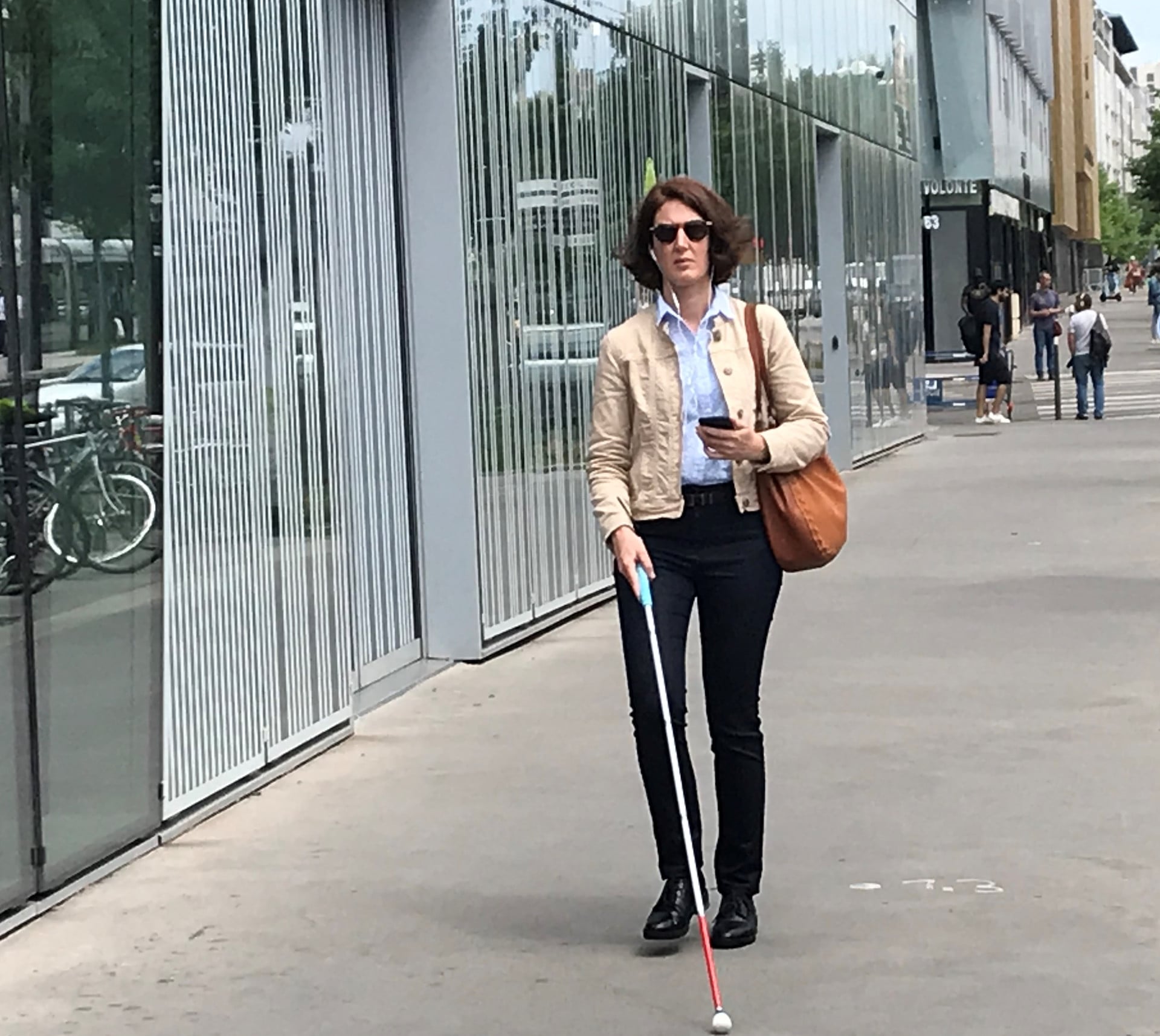
Assistive Technology for People with Disabilities: Is Human Assistance Really Obsolete for Their Mobility?
Les technologies d’assistance pour les personnes handicapées visent à supprimer les obstacles à l’accessibilité. Elles constituent un élément central de leur mobilité. Dans cet article, nous nous concentrons uniquement sur les technologies d’assistance qui facilitent leurs déplacements. Cependant, elles peuvent être utilisées dans d’autres aspects de leur vie.
Pour se déplacer ou s’orienter, les technologies d’assistance peuvent souvent remplacer l’assistance humaine. Les aéroports ou les gares proposent une assistance humaine que les personnes handicapées peuvent réserver pour un voyage sans encombre. Cependant, ce service peut avoir ses limites. C’est là qu’intervient la technologie d’assistance : elle peut pallier les lacunes de l’assistance humaine.
Comment les technologies d’assistance peuvent-elles réellement aider les personnes handicapées à se déplacer en toute autonomie ? L’aide à la navigation peut-elle remplacer entièrement l’assistance humaine ? Voyons cela !
Qu’est-ce que la technologie d’assistance pour les personnes handicapées et que peut-elle faire pour leur mobilité ?
Les technologies d’assistance , également appelées TA, désignent les dispositifs d’assistance, d’adaptation et de réadaptation conçus pour les personnes handicapées et les personnes âgées. Ces personnes rencontrent des difficultés dans les activités de la vie quotidienne . Elles peuvent avoir besoin d’aide pour se laver, s’habiller, manger ou se déplacer.
Grâce aux technologies d’assistance, ils retrouvent plus d’autonomie et d’indépendance. Les personnes en situation de handicap mental peuvent utiliser des logiciels éducatifs qui les fournissent à lire, apprendre et s’organiser. Ces logiciels comprennent des lecteurs de texte, des preneurs de notes et des outils d’organisation.
Ce qui nous intéresse ici, ce sont les technologies d’assistance pour les personnes handicapées et leur mobilité. Par, nous pouvons nous déplacer en ville, dans un lieu ou dans les transports en commun avec le plus de spontanéité et d’autonomie possible . Ce qu’elles ne pourraient pas faire sans les technologies d’assistance.
Car après tout, les technologies d’assistance permettent aux personnes handicapées de reprendre le contrôle de leur quotidien. Les fauteuils roulants peuvent être privilégiés comme des technologies d’assistance . Les personnes handicapées motrices ont besoin d’un fauteuil roulant pour se rendre au travail ou faire leur cours. On trouve des fauteuils roulants manuels ou électriques, mais ils évoluent pour répondre aux besoins de leurs utilisateurs. Certains sont conçus pour monter les escaliers, par exemple.
Selon le handicap, la mobilité peut être plus ou moins difficile . Une personne aveugle rencontrera plus de difficultés qu’une personne sourde. Comment une personne malvoyante peut-elle localiser l’entrée exacte d’un lieu ? En l’absence de balise sonore et de guidage tactile, elle doit se faire accompagner ou demander de l’aide à un passant. Une personne malentendante rencontrera moins de difficultés, car elle s’appuiera sur des pictogrammes ou des panneaux pour atteindre l’entrée.
L’important reste de chaîne garantit une mobilité fluide . Une notion essentielle pour tous les types d’usagers, mais encore plus pour les personnes en situation de handicap. Mettre en place une chaîne de mobilité fluide signifie que tous les maillons sont interconnectés pour assurer l’accessibilité tout au long du parcours.
Pour une personne aveugle se rendant au travail, cela signifie que les transports en commun qu’elle utilise et leurs correspondances potentielles doivent être accessibles, du point A au point C. Dans ce cas, les systèmes d’orientation et de navigation, comme les applications, sont plus efficaces que l’assistance humaine. Elle peut ainsi atteindre sa destination avec plus d’autonomie.
Quels types d’applications de navigation font partie des technologies d’assistance pour les personnes handicapées ?
84 % des personnes handicapées utilisent un smartphone . C’est pourquoi les technologies d’assistance promettent d’améliorer l’accessibilité et l’inclusion. De plus en plus d’applications sont créées pour aider les personnes handicapées à se déplacer avec plus de spontanéité et d’indépendance.
Jetons un œil aux systèmes de navigation spécialement conçus pour améliorer leur mobilité :
⊗ NaviLens : une entreprise espagnole qui utilise des codes QR pour guider les personnes aveugles et malvoyantes. Il leur suffit de suivre des parcours tactiles et de scanner les codes QR avec l’appareil photo de leur smartphone pour obtenir des instructions de navigation. Actuellement, les transports en commun de Barcelone et le tramway de Murcie sont équipés de NaviLens, tout comme le musée archéologique de Murcie.
⊗ NavChair : une autre entreprise espagnole, mais cette fois destinée aux personnes en fauteuil roulant. Ce système de navigation et de pilotage automatique leur permet d’éviter les obstacles sur leur trajet. Ils bénéficient ainsi d’un itinéraire sans marche pour répondre à leurs besoins.
⊗ Evelity : une application de navigation intérieure conçue par Okeenea, entreprise française spécialisée dans l’accessibilité . L’application est adaptée à tous les types de handicaps . Elle s’adapte au profil de l’utilisateur. Ainsi, les personnes en fauteuil roulant ont accès à des itinéraires sans obstacle et les personnes aveugles ou malvoyantes disposant d’instructions étape par étape grâce à un lecteur d’écran. Le métro de Marseille est équipé d’Evelity et la solution est actuellement testée à la station JaySt-MetroTech de New York .
Les technologies d’assistance à la mobilité des personnes handicapées s’intègrent aux expériences phygitales. Le phygital est un pont dépendant du monde physique au monde numérique pour offrir aux utilisateurs une expérience unique et interactive.
Qu’est-ce qu’une expérience phygitale et comment peut-elle améliorer l’accessibilité de votre lieu ?
Les technologies d’assistance suivent les mêmes principes que le phygital : la technologie à elle seule ne constitue pas la solution pour améliorer l’accessibilité. Elle nécessite :
⊗ Accessibilité physique : la technologie est inutile sans équipement accessible dans les lieux accessibles. Une personne en fauteuil roulant ne pourra pas utiliser son application de navigation dans un lieu dépourvu de rampes d’accès ou d’ascenseurs. À quoi bon utiliser une application de navigation innovante si l’accès à l’intérieur du lieu est impossible ?
⊗ Utilisateurs handicapés : la technologie est un moyen d’atteindre une fin. L’objectif des technologies d’assistance est d’améliorer la mobilité des personnes handicapées. Elles leur servent. Il faut garder à l’esprit que la plus ultime des technologies d’assistance est de faciliter leurs déplacements. Il ne s’agit pas de développer de nouvelles technologies pour le plaisir. Les personnes handicapées doivent être au cœur des technologies d’assistance.
C’est la combinaison de ces deux éléments qui donnent tout son sens aux technologies d’assistance destinée aux personnes handicapées.
Dans quels lieux les technologies d’assistance pour les personnes handicapées peuvent-elles améliorer leur mobilité ?
Maintenant que vous savez que les technologies d’assistance pour les personnes handicapées peuvent être un véritable atout pour leur mobilité, vous devez vous demander où elles peuvent être mises en œuvre. Où sont-elles plus nécessaires ? Où les personnes handicapées ont-elles le plus de mal à se déplacer ?
En gros, cela définit les lieux complexes . Qu’est-ce qu’un lieu complexe exactement ?
C’est un lieu immense et très fréquenté, avec des allées et des lieux constants. On peut le comparer à un labyrinthe. Les lieux complexes peuvent être plus ou moins difficiles d’accès pour les personnes handicapées.
Quelles sont leurs difficultés lorsqu’ils naviguent à l’intérieur de lieux complexes ?
⊗ Accéder à l’information,
⊗ Accéder aux services,
⊗ Localiser l’entrée et la sortie appropriée,
⊗ Trouver ses repères pour aller d’un point à un autre,
⊗ Gérer les correspondances dans un système de transport public complexe…
Les lieux complexes sont source de stress pour les personnes handicapées. Là encore, maintenir une chaîne de mobilité fluide est essentiel. C’est ce qui permet de lever les obstacles à l’accessibilité.
Les lieux complexes peuvent prendre de nombreuses formes :
⊗ Les transports en commun comme le métro ,
⊗ Centres de transit multimodaux ,
⊗ Aéroports ,
⊗ Musées ,
⊗ Stades ,
⊗ Tours d’affaires,
⊗ Hôpitaux…
Les personnes handicapées peuvent avoir besoin d’utiliser les transports en commun au quotidien pour se rendre au travail, accompagner leurs enfants à l’école… Mais qu’elles connaissent ou non le système de transport en commun, les technologies d’assistance comme les applications de navigation peuvent leur être utiles.
Ils bénéficient des technologies d’assistance pour se déplacer dans des environnements complexes mais aussi pour :
⊗ Se sentir moins stressé,
⊗ Gagnez plus de temps car ils s’orienteront plus facilement,
⊗ Rester autonome et indépendant,
⊗ Ne pas compter sur l’assistance humaine pour atteindre leur destination,
⊗ Être maître de leur mobilité,
⊗ Avoir plus de spontanéité lorsqu’ils se déplacent,
⊗ Ne pas avoir à planifier chaque petite étape à franchir,
⊗ Sentez-vous comme n’importe quelle autre personne qui va d’un point à un autre,
⊗ Ne pas être discriminé,
⊗ Ne pas être perçu comme une minorité qui dérange les autres,
⊗ Être pleinement inclus dans notre société comme ils auraient toujours dû l’être.
En d’autres termes, pour les personnes handicapées, les technologies d’assistance peuvent être synonymes de liberté. Et qui n’aime pas pouvoir aller où et quand il le souhaite ?
Les applications de navigation comme Evelity améliorent véritablement la mobilité des personnes handicapées. Le métro de Lille, en France, a également testé l’application. Les utilisateurs aveugles et malvoyants ont été impressionnés par l’autonomie qui leur a permis de gagner cet appareil d’assistance.
« J’avais l’impression de ne plus être seule. On retrouve la liberté parce qu’on est aidé, mais virtuellement », a confié Annie, malvoyante.
Soufiane, un homme aveugle, a déclaré : « Je suis très intéressé et je pense qu’il devrait aller au-delà du métro. »
D’après ce que nous avons compris ici, un dispositif d’assistance pour les personnes handicapées signifie la liberté de mouvement, la capacité de se déplacer par elles-mêmes.
Découvrez tous les témoignages d’utilisateurs qui ont été guidés avec Evelity dans le métro lillois .
Ces applications de navigation sont idéales pour tous les lieux où les personnes handicapées ont des difficultés à s’orienter. De plus, Evelity peut devenir bien plus qu’une simple application de navigation.
La Maison Victor Hugo à Paris a choisi Evelity non seulement pour guider ses visiteurs en situation de handicap, mais aussi pour leur proposer du contenu sur les œuvres d’art présentées et la vie de Victor Hugo, célèbre écrivain français. L’application rend la culture plus accessible. Les visiteurs en situation de handicap n’ont pas besoin de guide pour visiter le musée.
Qu’en est-il de l’assistance humaine ?
Comme vous pouvez l’imaginer, tous les complexes mentionnés fournissent généralement une assistance humaine avec des agents du service client dans les transports en commun ou les centres commerciaux, des guides touristiques dans les musées ou du personnel d’assistance spécial dans les aéroports.
Ce type de service est-il vraiment utile aux personnes handicapées ? Une application de navigation ne serait-elle pas plus efficace et fiable ? Si vous gérez un réseau de transports en commun ou un centre commercial, vous devez vous poser ces questions.
Quels sont les bénéfices de l’assistance humaine en matière de mobilité des personnes handicapées ?
Qui mieux qu’un humain puisse guider un autre humain ? Il ya l’empathie, l’engagement et le dévouement pour aider les personnes vulnérables.
De nombreux établissements s’appuient sur ces services pour garantir la satisfaction de leurs clients ou usagers en situation de handicap. Après tout, s’ils sont satisfaits, ils seront plus susceptibles de revenir et de faire connaître la qualité du service reçu.
Quels sont les inconvénients des services d’assistance spéciaux ?
Sur le papier, l’assistance humaine pour guider les personnes handicapées semble formidable, mais en réalité, elle peut ne pas convenir et les inconvénients sont nombreux :
⊗ Le coût d’un personnel dédié à un seul service peut être élevé pour les établissements. Leur personnel pourrait être affecté à d’autres services et missions. De plus, de nombreux établissements externalisent leurs activités, ce qui peut également s’avérer évident.
⊗ Le personnel n’a peut-être pas suffisamment de formation pour répondre véritablement aux besoins des personnes handicapées.
⊗ Si tel est le cas, cela pourrait nuire à la réputation du lieu, car les clients insatisfaits pourraient écrire de mauvaises critiques en ligne.
⊗ Il y a un manque de spontanéité pour les personnes handicapées qui doivent réserver une assistance humaine très tôt lors de la planification d’un voyage.
⊗ Pour une correspondance, ils ne peuvent pas simplement commencer le voyage seuls et faire le reste avec l’aide du personnel. Soit ils bénéficient d’une assistance humaine tout au long du trajet, soit ils n’en bénéficient pas du tout. Cela restreint en quelque sorte leur liberté de mouvement.
Les technologies d’assistance aux personnes handicapées et l’assistance humaine sont-elles vraiment opposées ?
C’est peut-être la question à un million de dollars à ce stade. L’important est de répondre aux besoins des personnes handicapées sans que cela soit trop coûteux ou compliqué à gérer pour les lieux.
Jusqu’à présent, nous avons constaté que, pour leur mobilité, les personnes handicapées privilégient l’autonomie et l’indépendance. Cependant, cela dépend de leurs capacités, et chaque personne handicapée est différente. Dans certains cas, elles peuvent préférer se déplacer seules, tandis que dans d’autres, elles peuvent avoir besoin d’aide.
Cela signifie qu’ils doivent avoir le choix : utiliser des technologies d’assistance comme des applications de navigation ou demander l’aide d’un membre du personnel pour atteindre leur destination.
Disposer de ces deux options pourrait influencer la façon dont ils souhaitent gérer leur mobilité. Nous aimons tous avoir le choix et ne pas nous sentir limités. Pour les personnes en situation de handicap, qui peuvent en faire l’expérience dans plusieurs aspects de leur vie quotidienne, avoir le choix d’utiliser la technologie ou d’interagir avec un employé est important. Elles décident de leurs besoins et de ce qui leur convient le mieux.
Bien sûr, vous devez appliquer ce principe à votre établissement et à vos usagers en situation de handicap : sont-ils plus à l’aise avec les technologies ? Préfèrent-ils demander de l’aide ? Votre établissement est-il mieux adapté aux dispositifs d’assistance ? Vos services d’assistance humaine sont-ils suffisamment efficaces ?
Vous pouvez demander directement l’avis de vos utilisateurs en situation de handicap. Ils seront ravis de participer et apprécieront votre établissement et vos services. Sachez que les technologies d’assistance pour les personnes en situation de handicap évoluent constamment pour mieux répondre à leurs besoins ; Restez informé sur ces applications de navigation innovantes.
Vous souhaitez en savoir plus sur les technologies d’assistance pour les personnes handicapées et l’assistance humaine ? Consultez cet article :
Publié le 15 juillet 2022
media
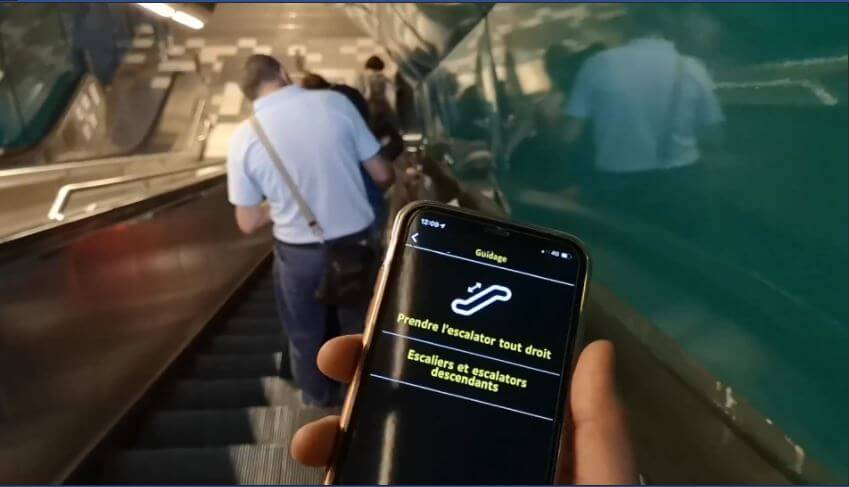
84% of people with disabilities use a smartphone. That’s why assistive technology is promising to enhance accessibility and inclusion. More and more apps are created to help people with disabilities get around with more spontaneity and more independence.
writer

Carole Martinez
Content Manager
stay updated
Get the latest news about accessibility and the Smart City.
other articles for you
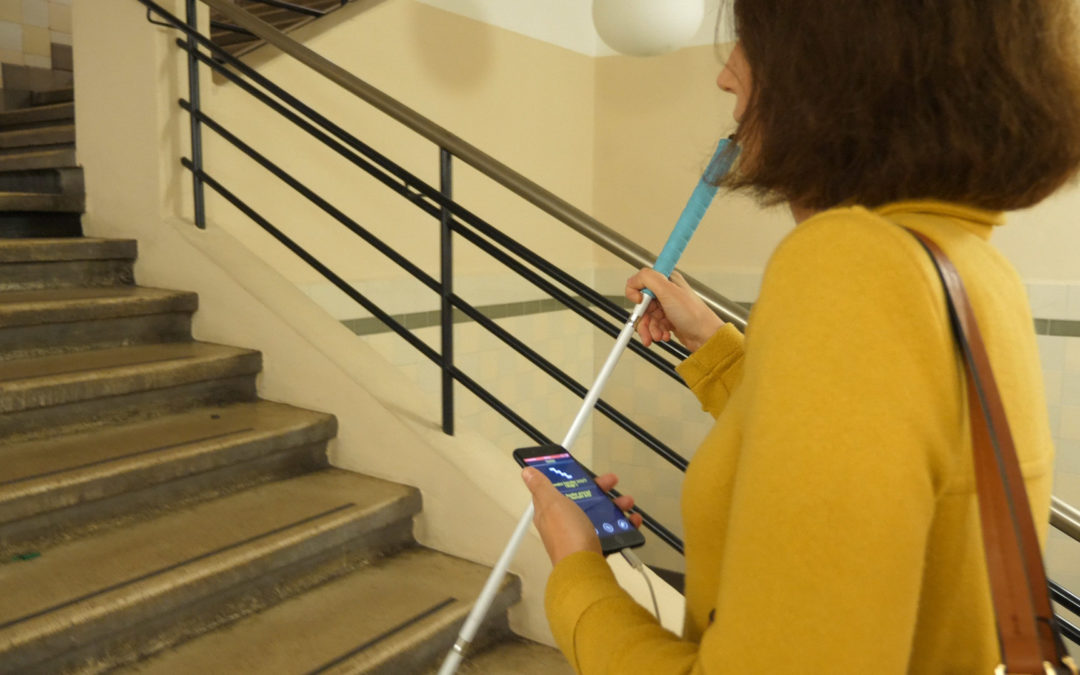
How Does a Blind Person Use Their Smartphone to Improve Their Mobility?
The smartphone has revolutionized the mobility of blind and visually impaired people.
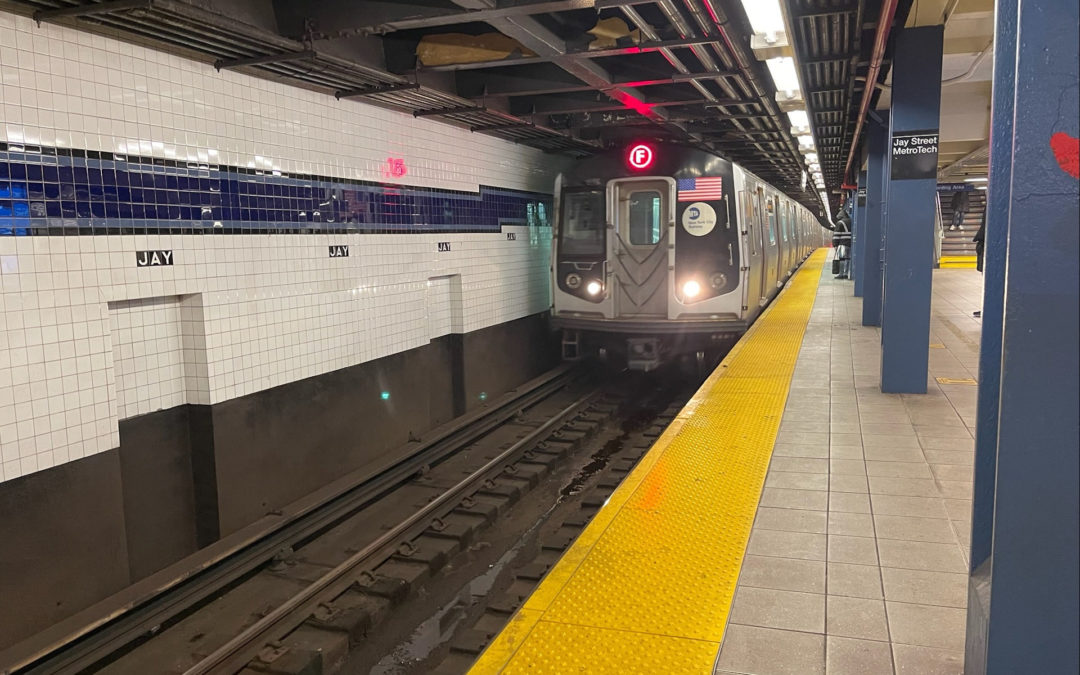
How to Foster Inclusive Mobility at Public Transit?
What inclusive mobility solutions can improve the accessibility of public transit? Are they cost-effective? The answer lies with phygital…
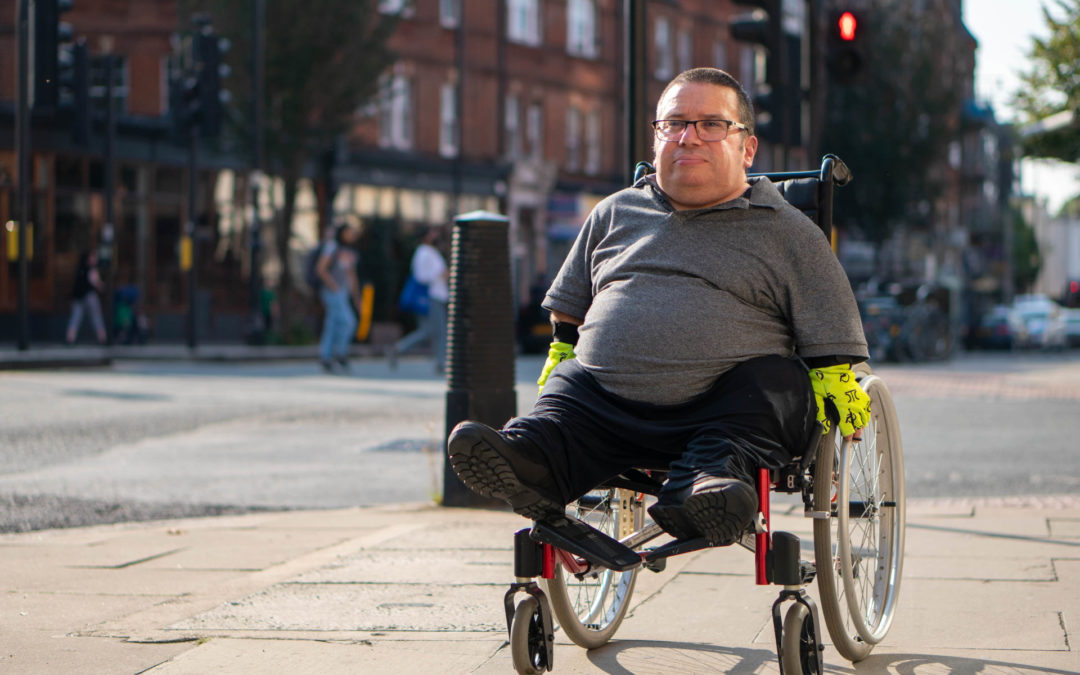
Paratransit Services for People with Disabilities: Yes You Can Reduce Their Costs
Public agencies spend millions of dollars for paratransit services. But a cost-effective solution could make public transit more accessible for riders with disabilities.
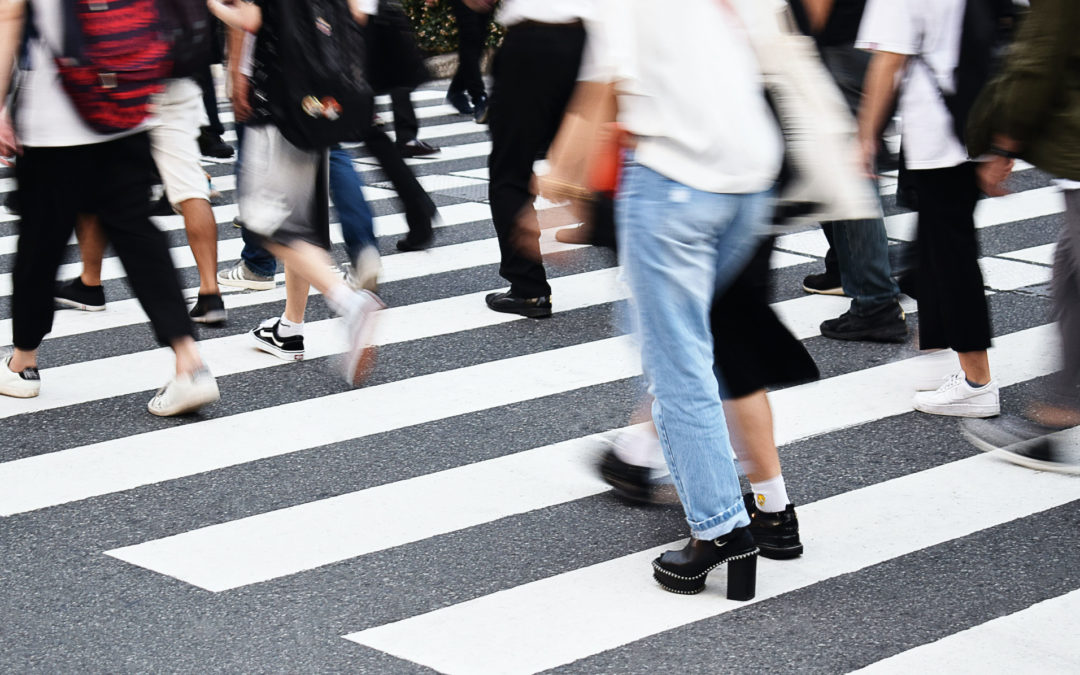
The Crosswalk: Thousands of Years of Evolution
Did you know the first crosswalk emerged in the city of Pompeii more than 2000 years ago? Check out how it has evolved since Antiquity!
share our article!
more articles
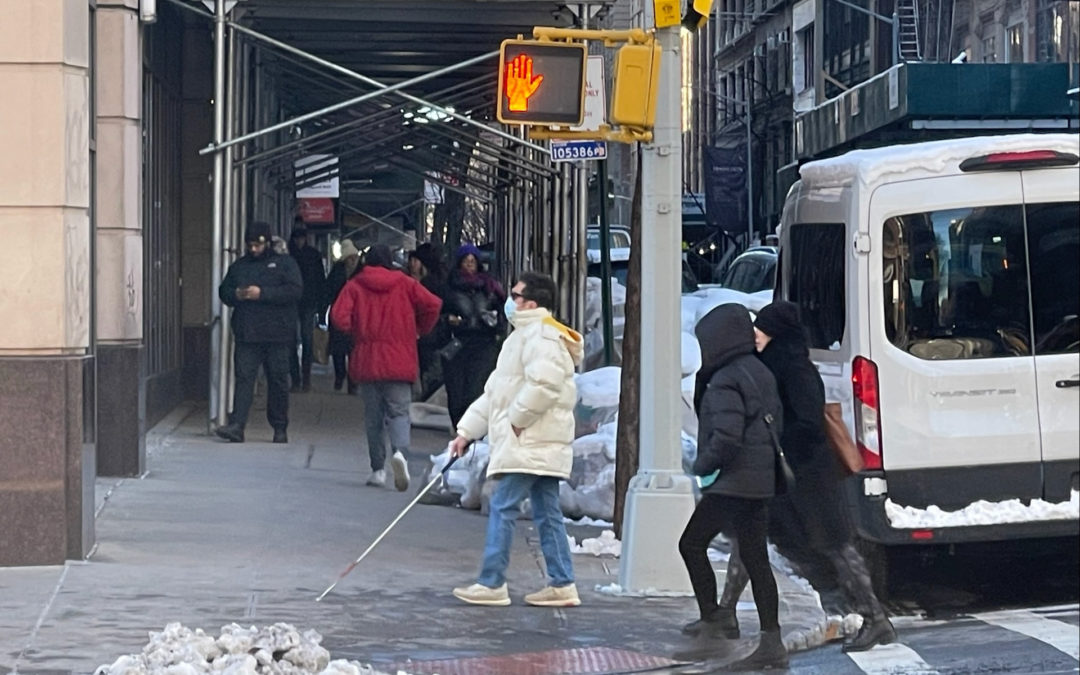
Blindness, Low Vision, What Are the Different Forms of Visual Disability?
Blindness, Low Vision, What Are the Different Forms of Visual Disability? Approximately 12 million American people are affected by a visual disability and no less than 253 million people in the world. Who are they? What are their needs? How can we facilitate...
7 Good Reasons to Install Audio Beacons at Your Public Transport Network
7 Good Reasons to Install Audio Beacons at Your Public Transport NetworkHave you heard of audio beacons? It’s probably one of the most effective solutions to help blind and visually impaired people find their way in a complex venue. In a public transport system, audio...
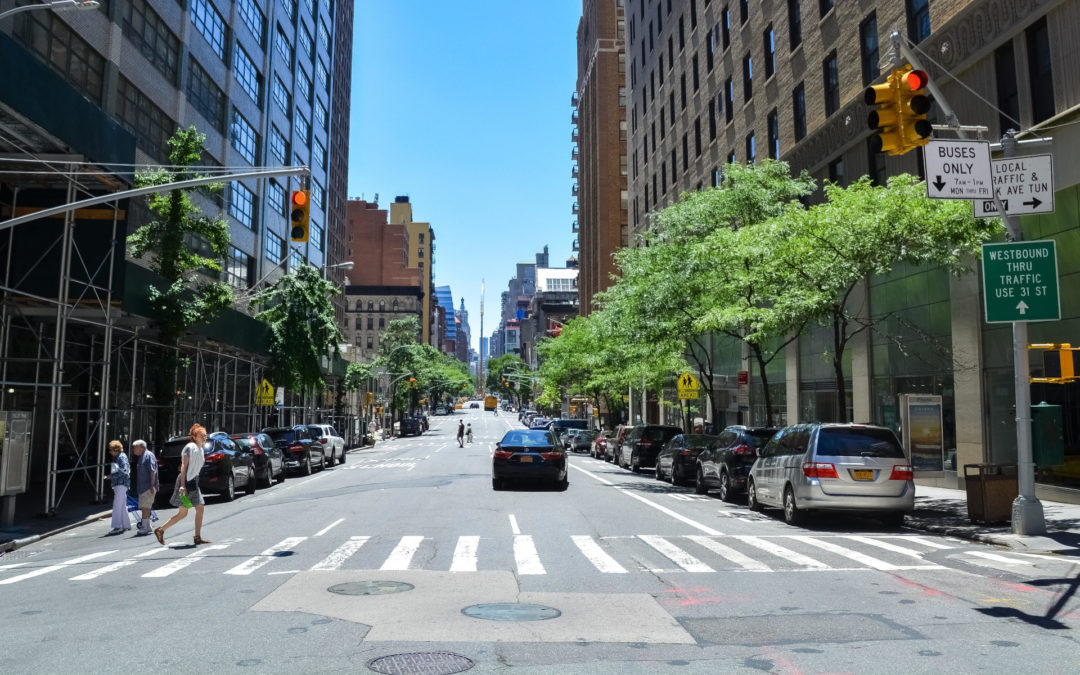
The Ultimate Guide to Accessible Pedestrian Signals
The Ultimate Guide to Accessible Pedestrian Signals Table of contents What are accessible pedestrian signals?Why do cities have accessible pedestrian signals?Who are APS for?How do audible traffic signals work exactly?What is pedestrian detection?Why are...
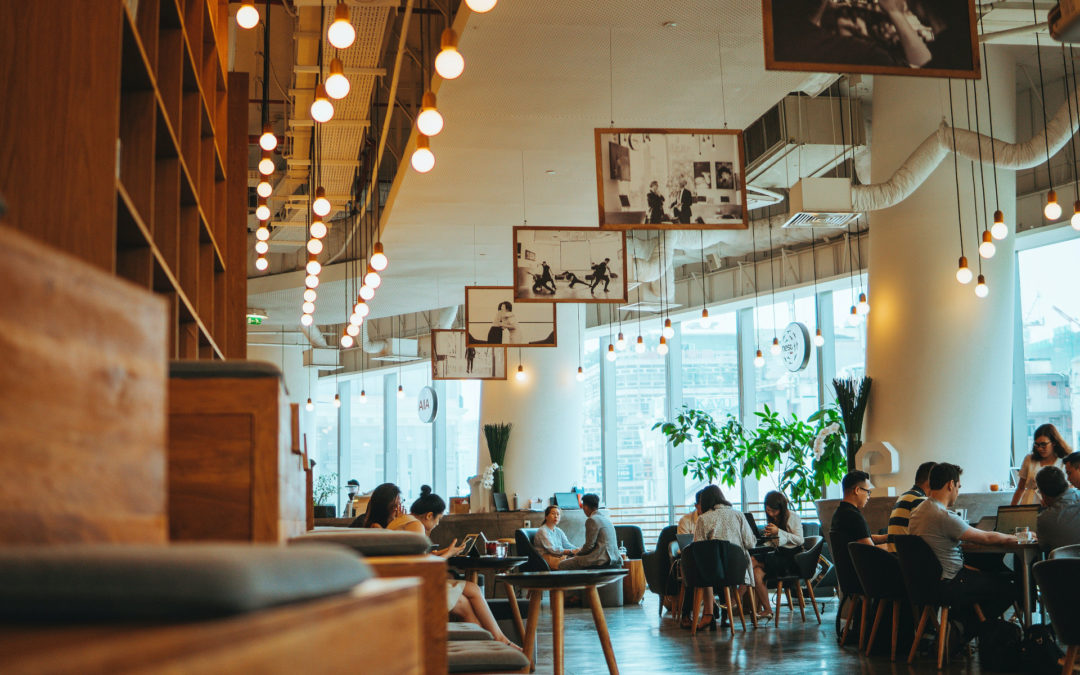
What You Need to Do to Ensure Accessibility for Deaf People at Public Venues
What You Need to Do to Ensure Accessibility for Deaf People at Public Venues Si votre établissement accueille du public, l'accessibilité aux personnes sourdes n'est pas à prendre à la légère ! Comment rendre votre établissement accessible aux personnes...
NEVER miss the latest news about the Smart City.
Sign up now for our newsletter.
Unsubscribe in one click. The information collected is confidential and kept safe.
powered by okeenea
The French leading company
on the accessibility market.
For more than 25 years, we have been developing architectural access solutions for buildings and streets. Everyday, we rethink today’s cities to transform them in smart cities accessible to everyone.
By creating solutions ever more tailored to the needs of people with disabilities, we push the limits, constantly improve the urban life and make the cities more enjoyable for the growing majority.



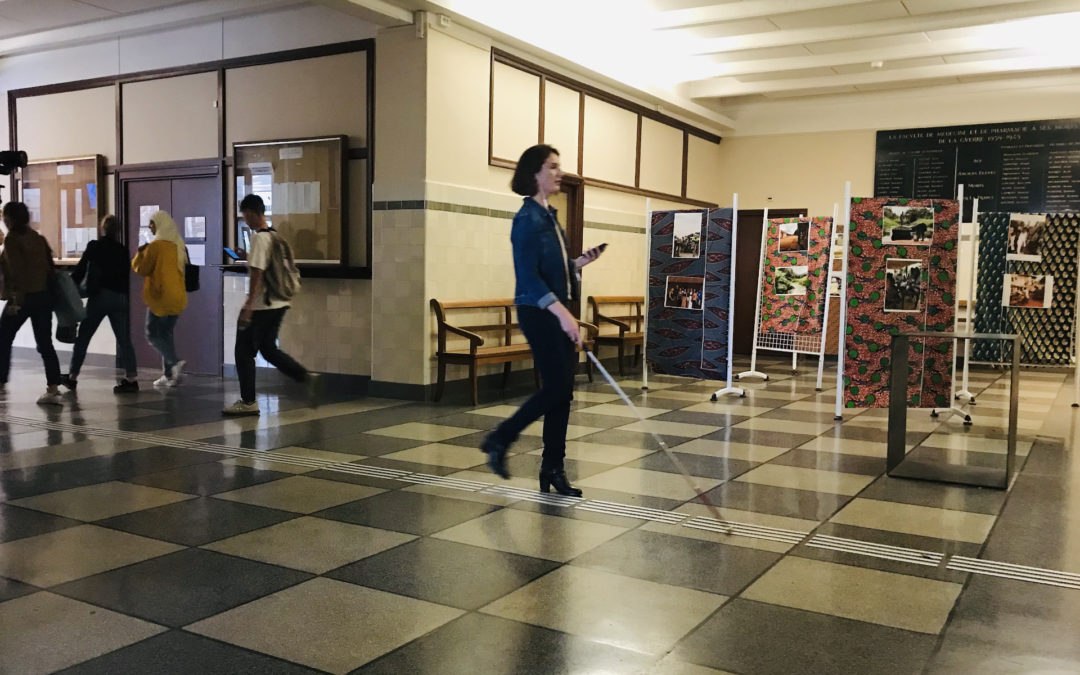
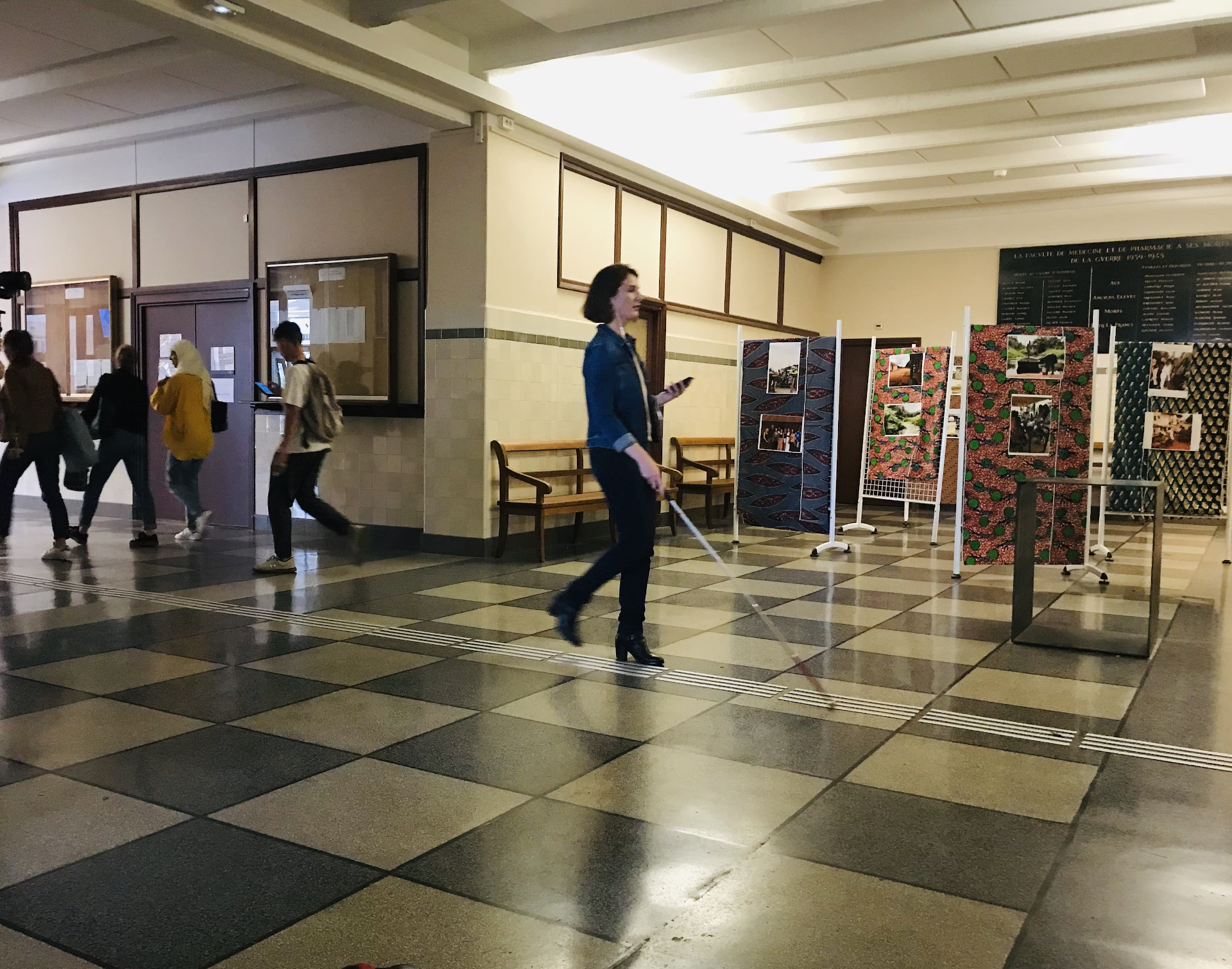
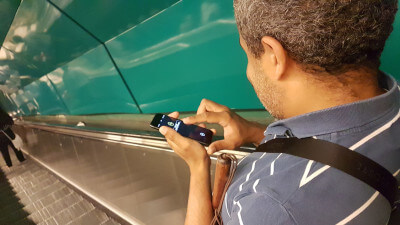
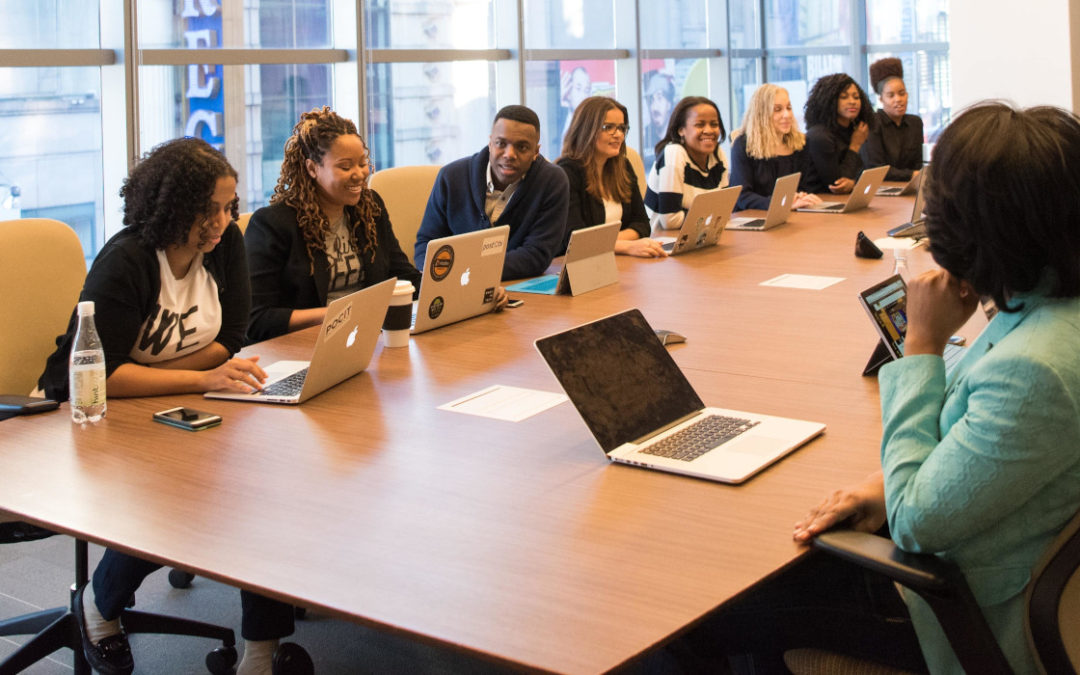
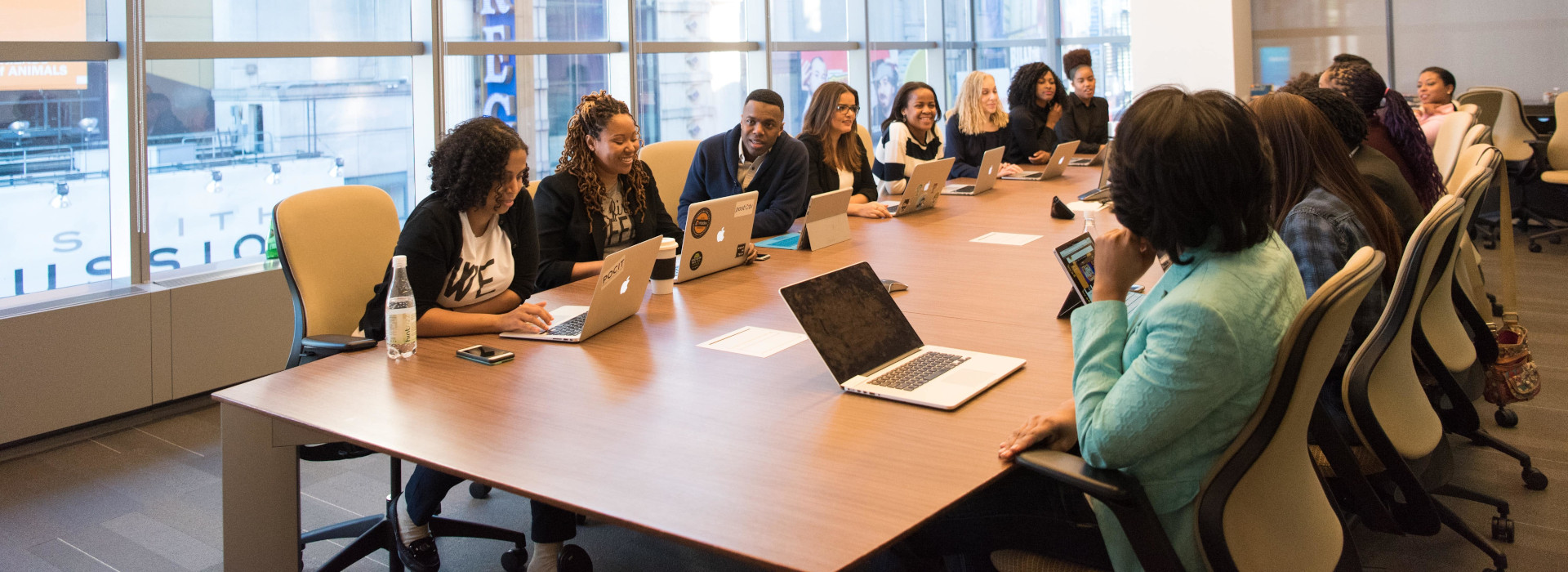
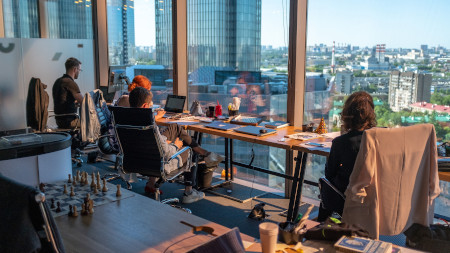
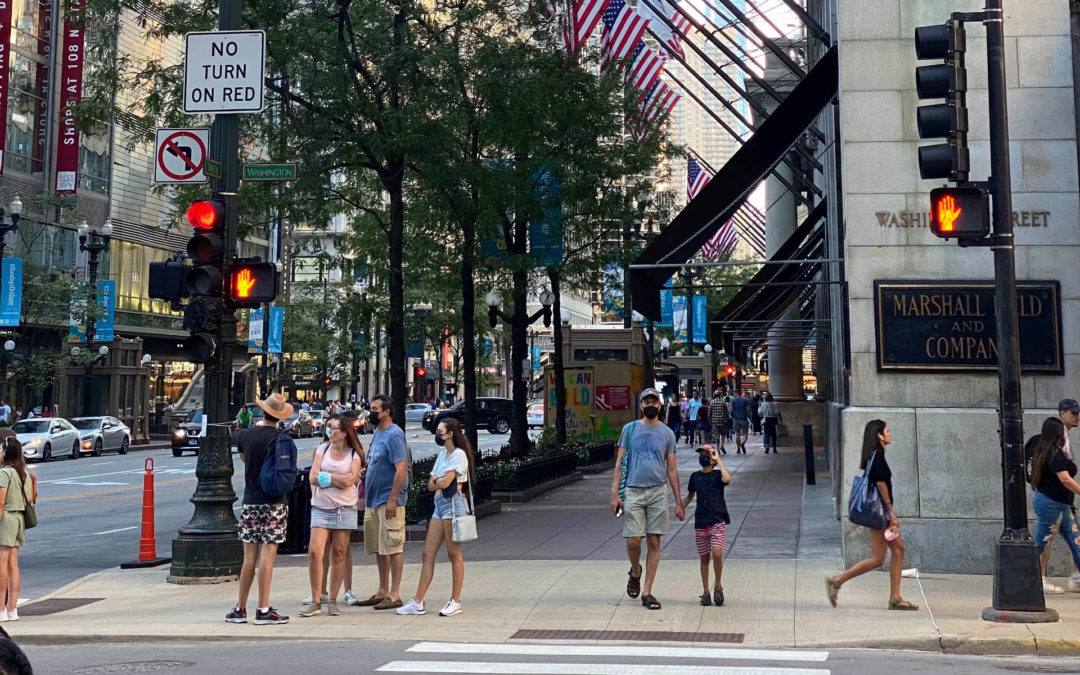
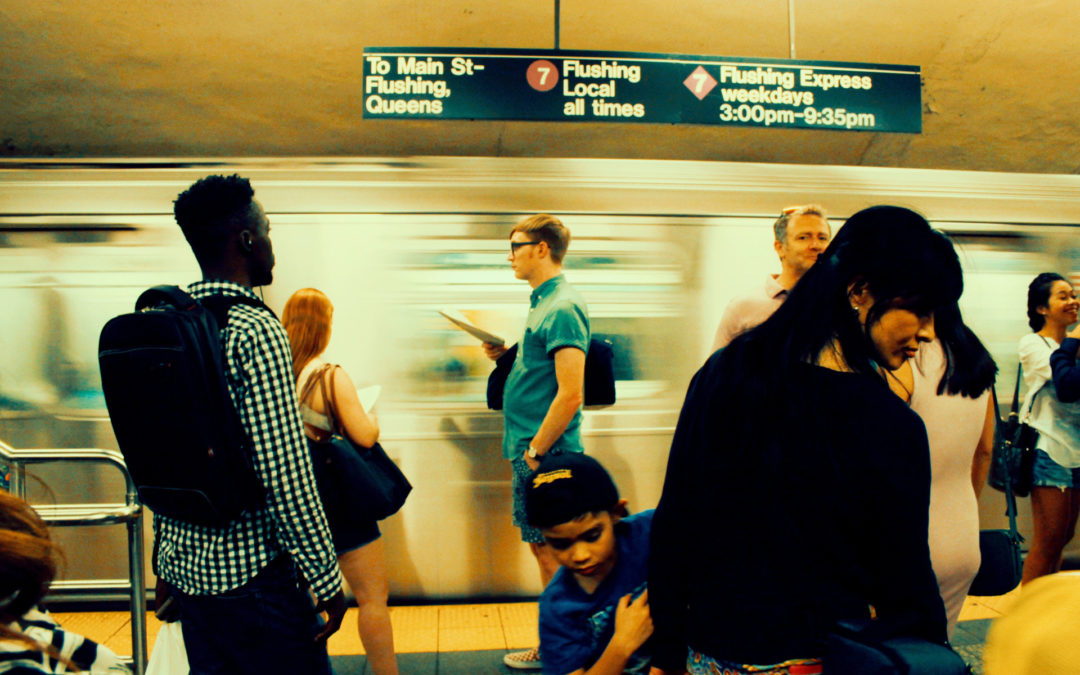
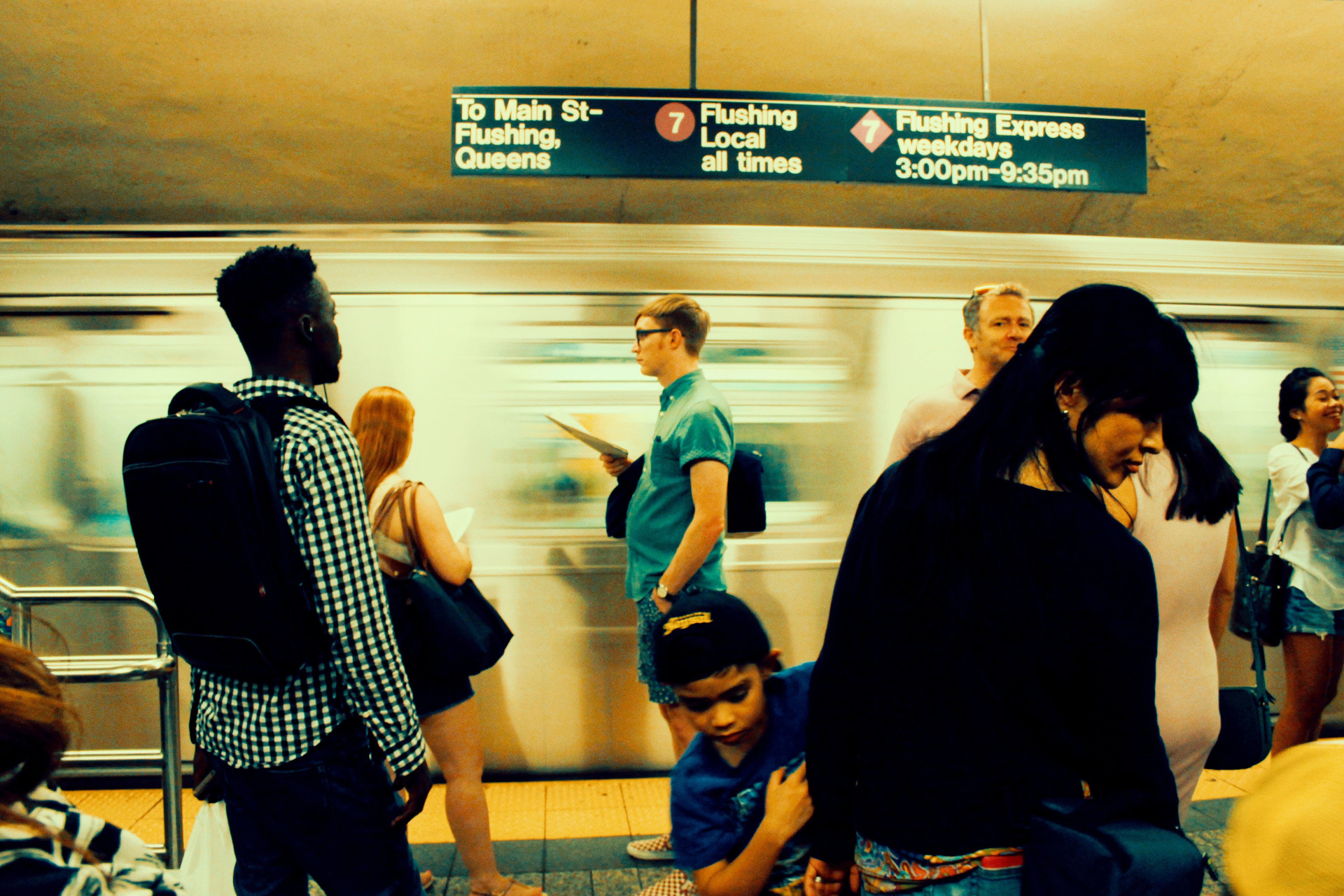
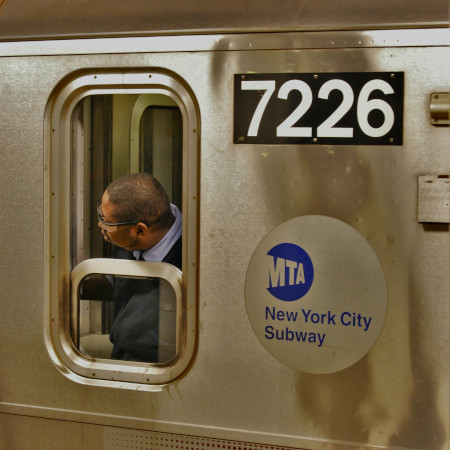

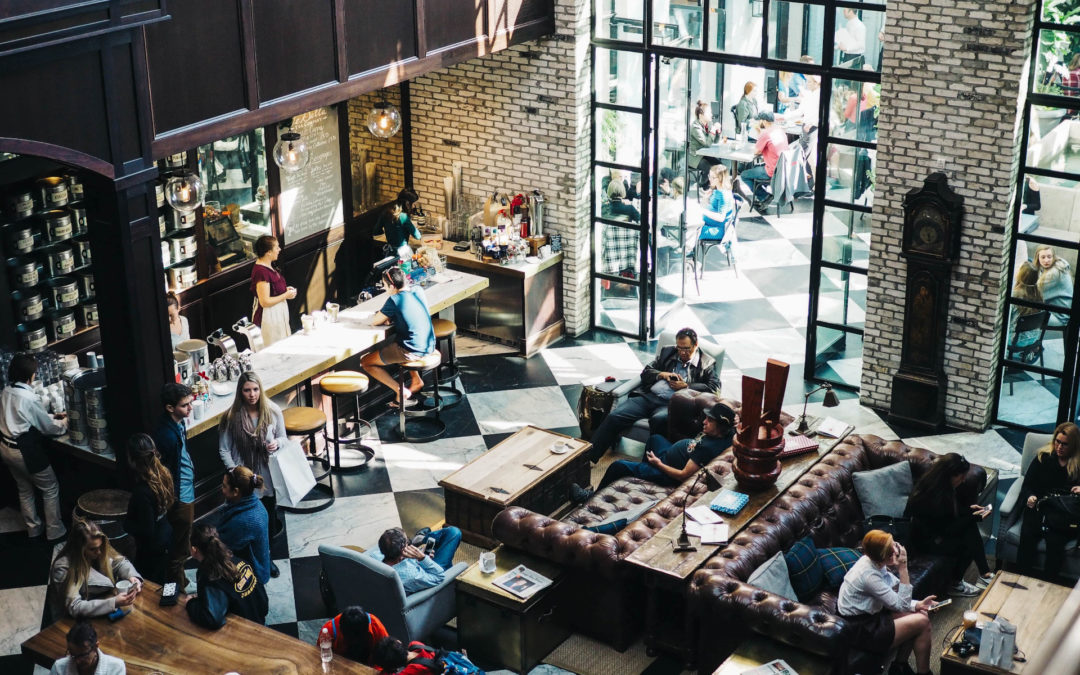
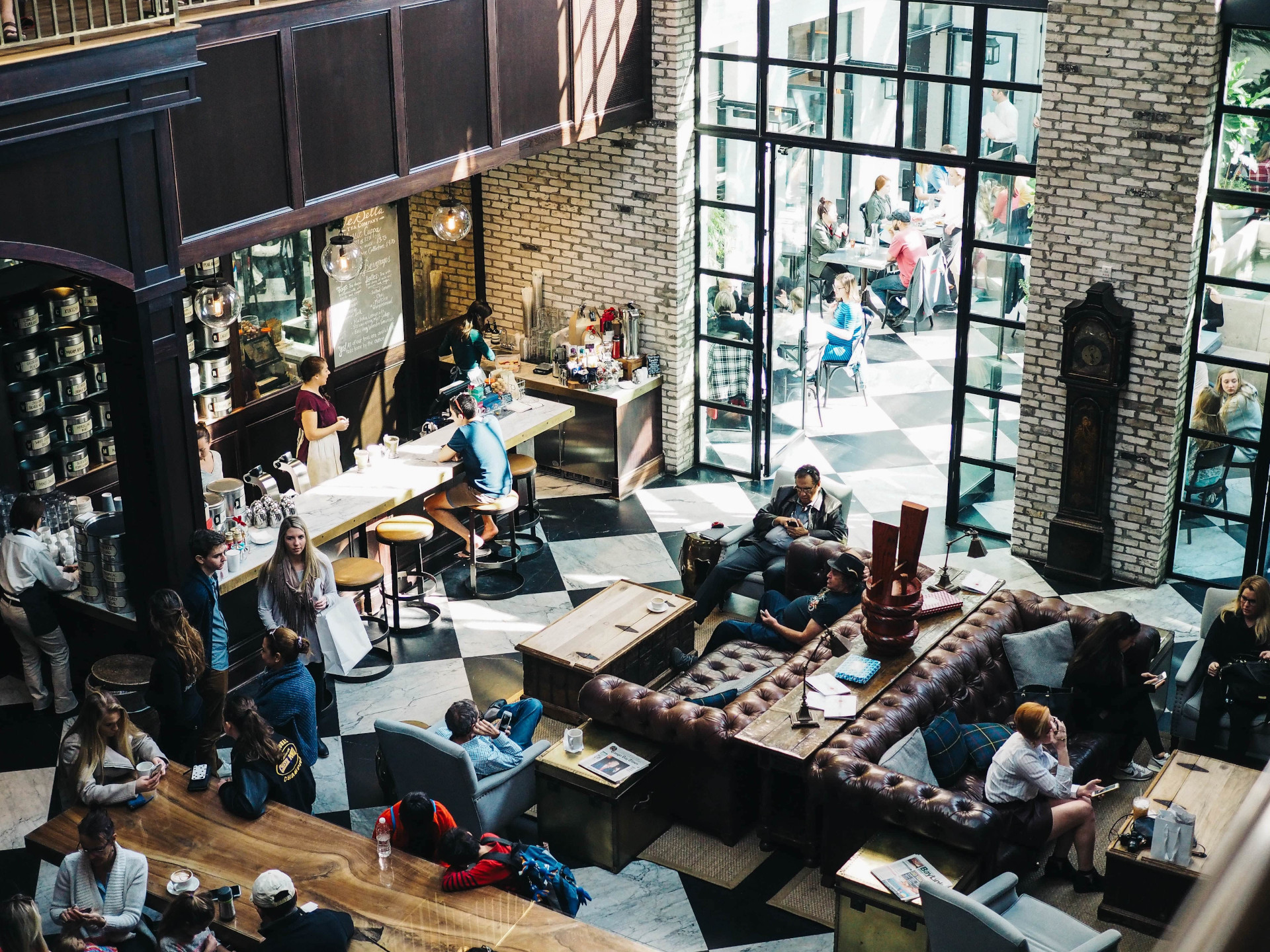
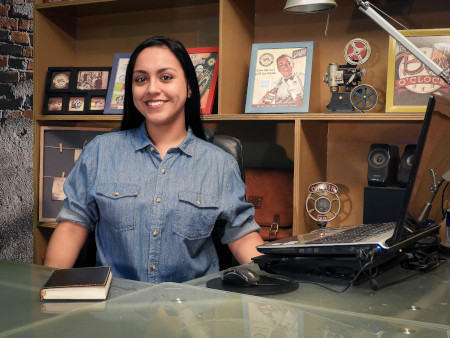
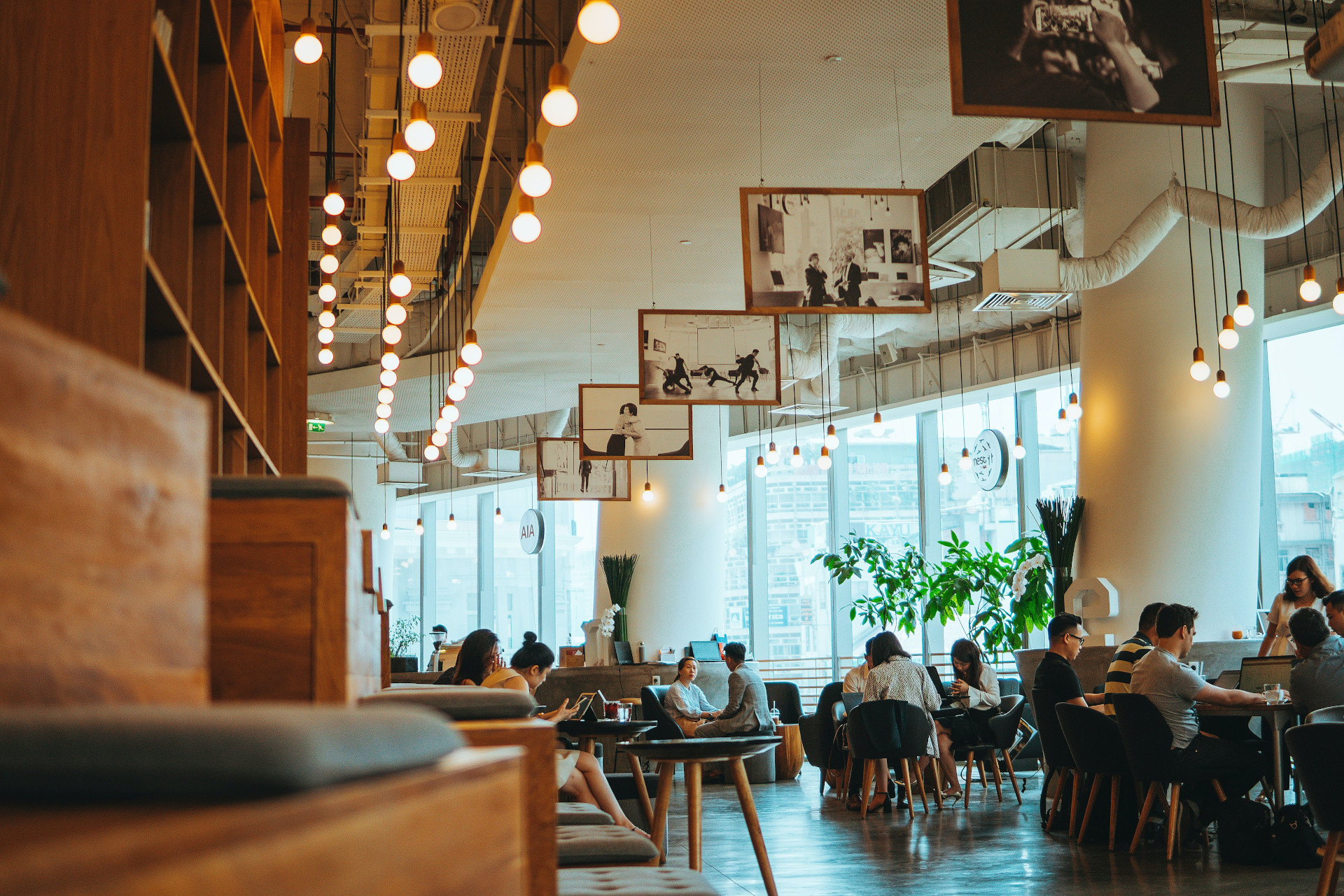
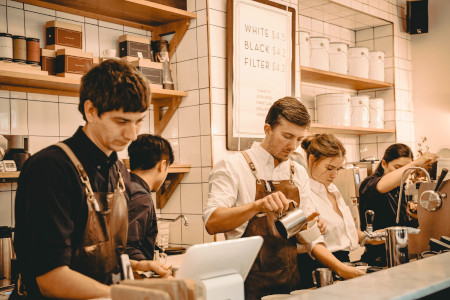
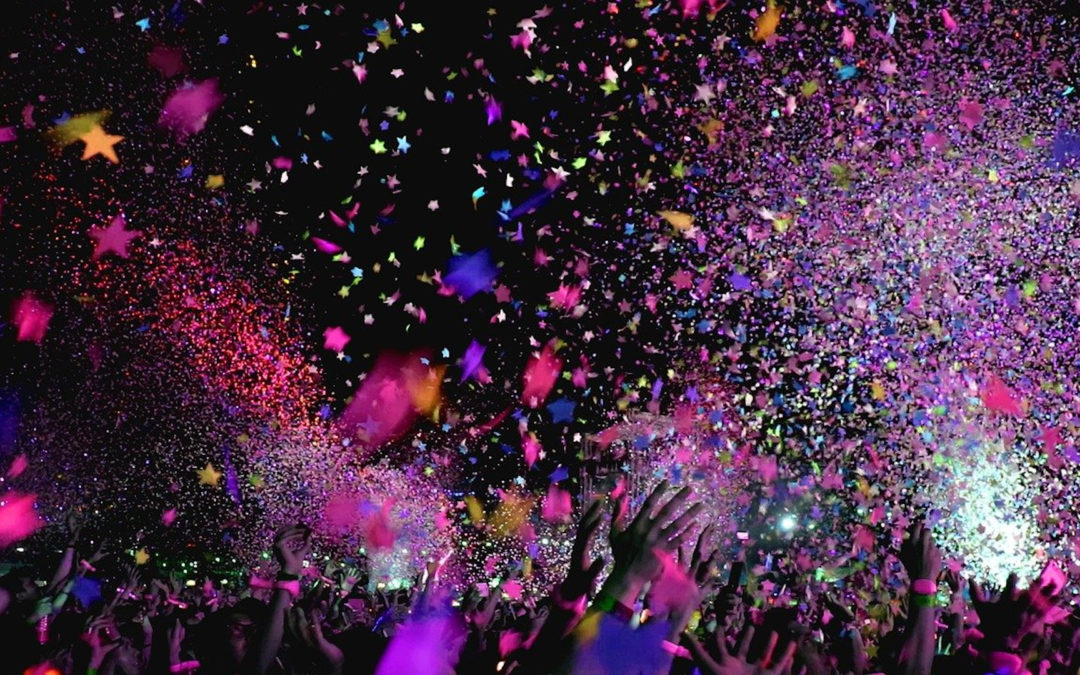
Recent Comments